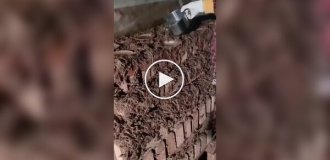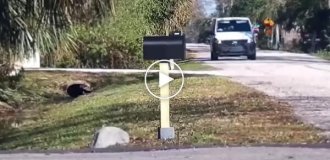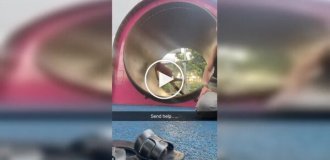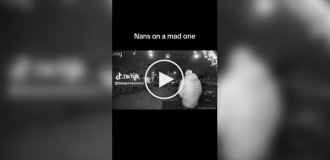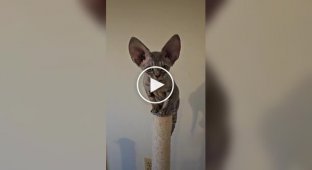Before introducing you to the legends, I’ll tell you what we generally know about this breed of cats. As the name suggests, these seals appeared in Turkey, in the vicinity of Lake Van. For many centuries they were common pets among the Turks, until the aforementioned lake was visited by journalists from Great Britain in the 50s. They became interested in unusual waterfowl cats and even took several individuals with them to start breeding them at home. 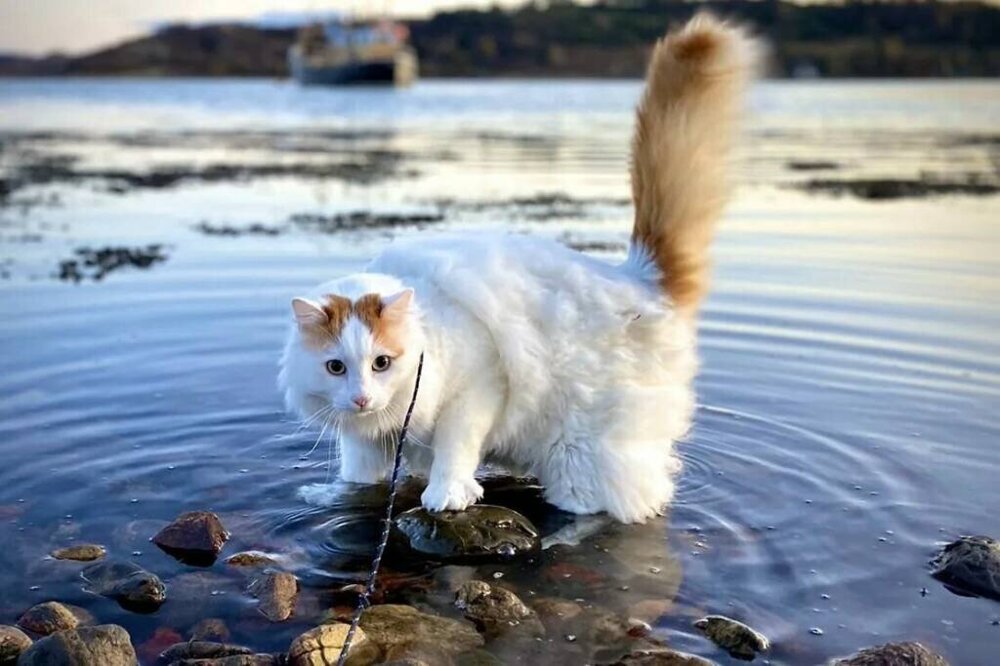
- Natasha, the water is warm, let’s race to the shore!
Through the efforts of Laura Lushington and Sonya Halliday (those women who drew attention to unusual cats), by the 70s the Turkish Van breed received official status. Another interesting fact is that genetic studies have indicated that these hairballs are one of the oldest cat breeds. 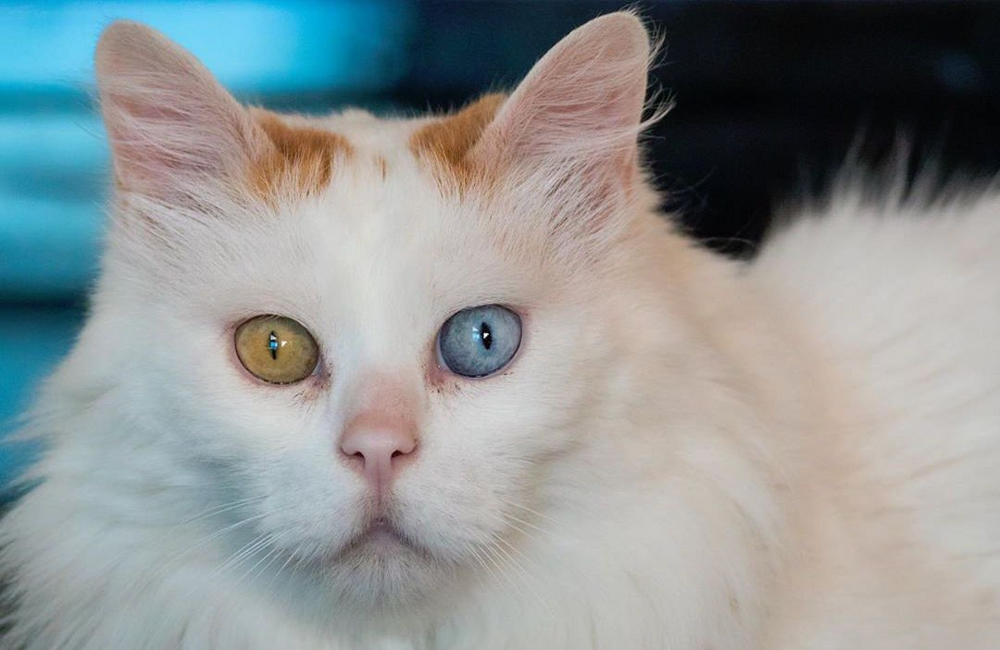
Among Turkish Vans there are often individuals with multi-colored eyes.
In general, these are quite active cats that are difficult to keep in place. They treat other animals tolerantly and sometimes even involve them in their games, and behave affectionately with their owners. They love to meow and purr, so if you don’t like “talkative” animals, then this option is not for you.
Turkish waterfowl cats are also in good health. The breed does not suffer from any ailments specific to it, everything is the same as with ordinary cats - it only requires regular “maintenance” in the form of vaccinations, treatment for parasites and periodic examinations by a veterinarian. 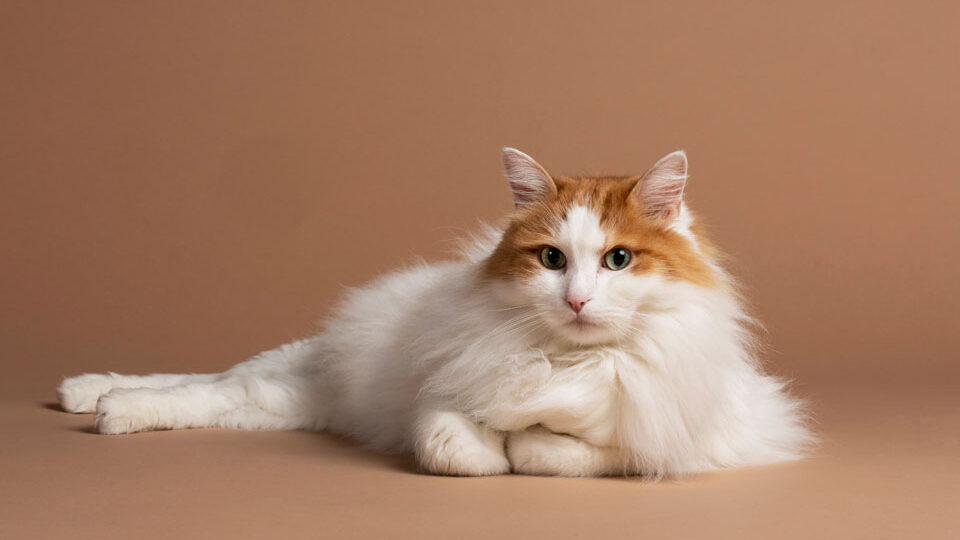
- Maybe you can already tell us how we saved the world?
The legend according to which the Turkish Vanir once managed to save all living creatures on the planet is inextricably linked with the red spots typical of the breed on the head and tail and back.
Here is how it was. When Noah, during the Flood, loaded two of each living creature onto his ark in order to save everyone, the devil did not like it. To thwart Noah's plans, he created a mouse, which at the most crucial moment was supposed to gnaw at the bottom of the ark and drown it. Having learned about this, God blessed the cat, placing his finger on it so that it would find and destroy the mouse. Fluffy completed her mission, and since then all Turkish Vans proudly wear the red mark on themselves, as a sign that they were able to save the entire crew of the ark.
The legend is beautiful, but it is wrong on one point. The fact is that Turkish Vans have a completely white color variant called van-kedisi. By the way, there is one problem with them. 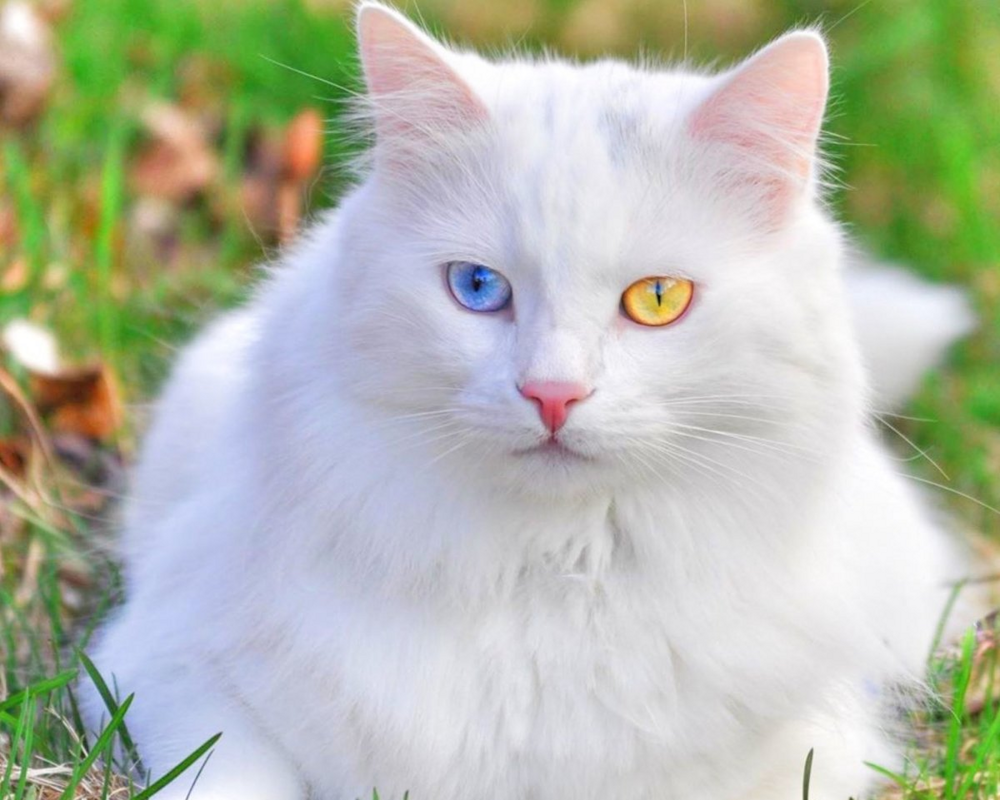
Beautiful cat, but now it will become a little sad.
Scientists conducted studies of pure white cats and found that among blue-eyed and mixed-eyed individuals, approximately 3% of cats are born deaf. This is the result of a genetic mutation that occurs in the early stages of embryo development.
Otherwise, these are excellent cats with a minimum of susceptibility to disease. And they also love water. Who has one? Share your experience!
Add your comment
You might be interested in:
